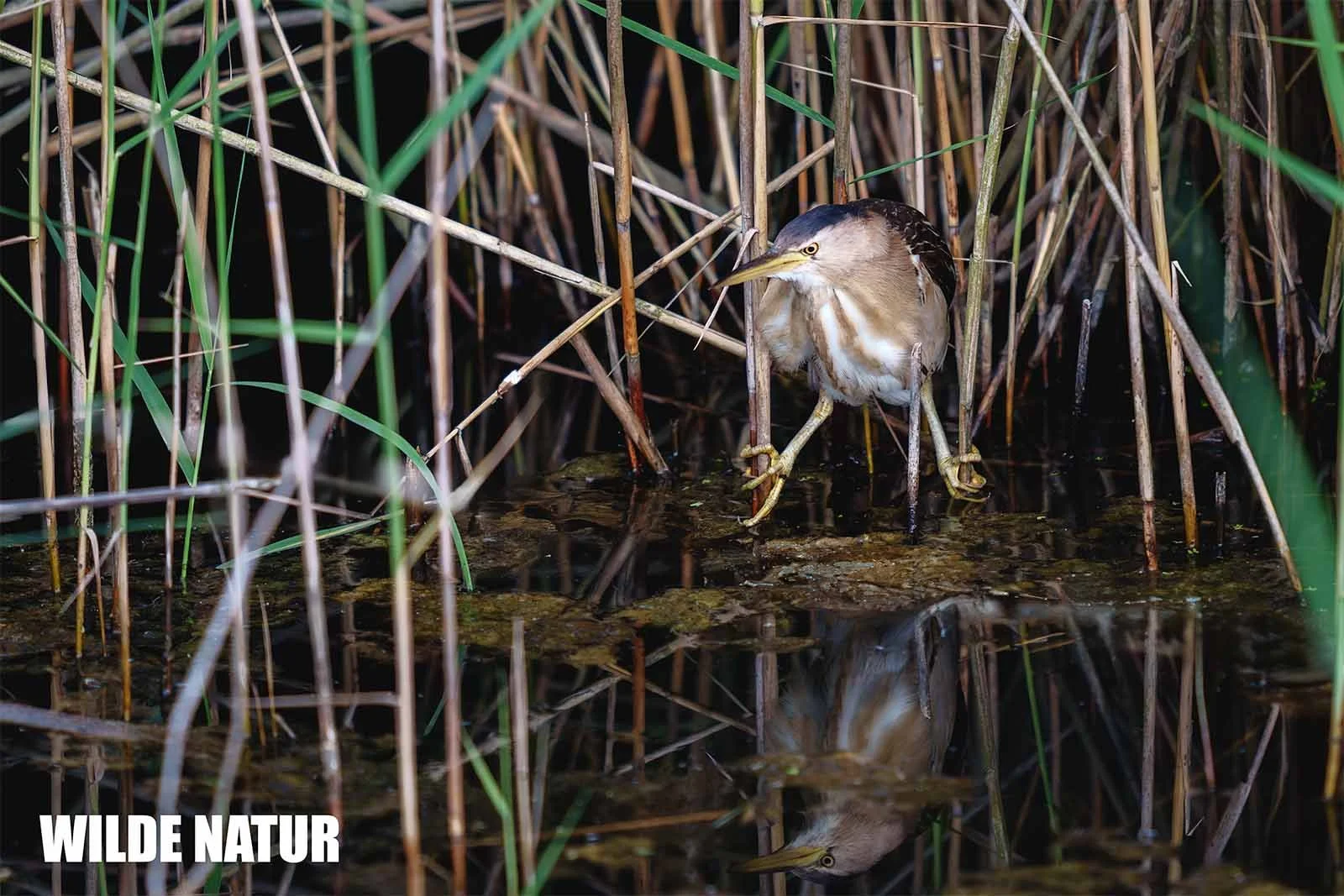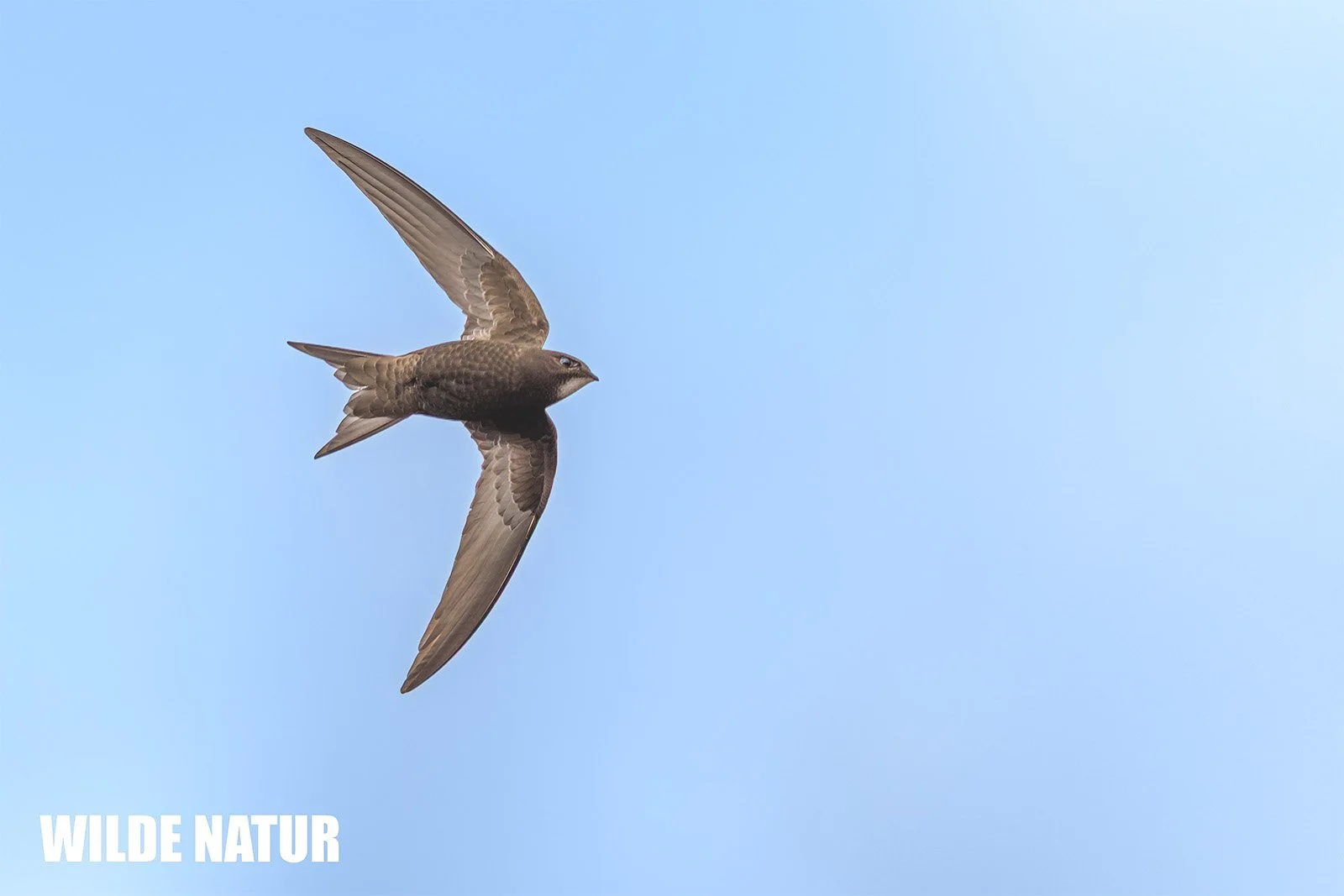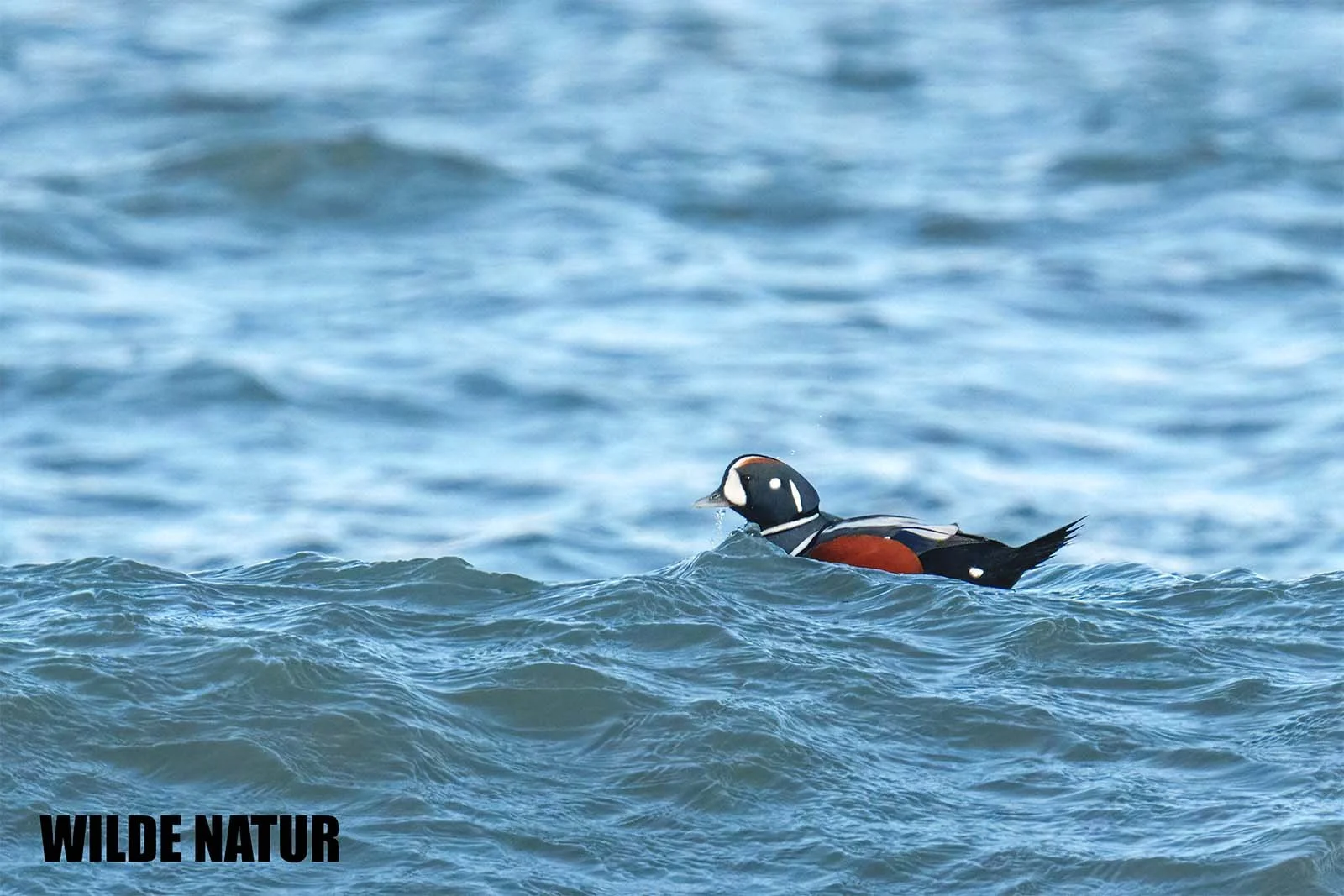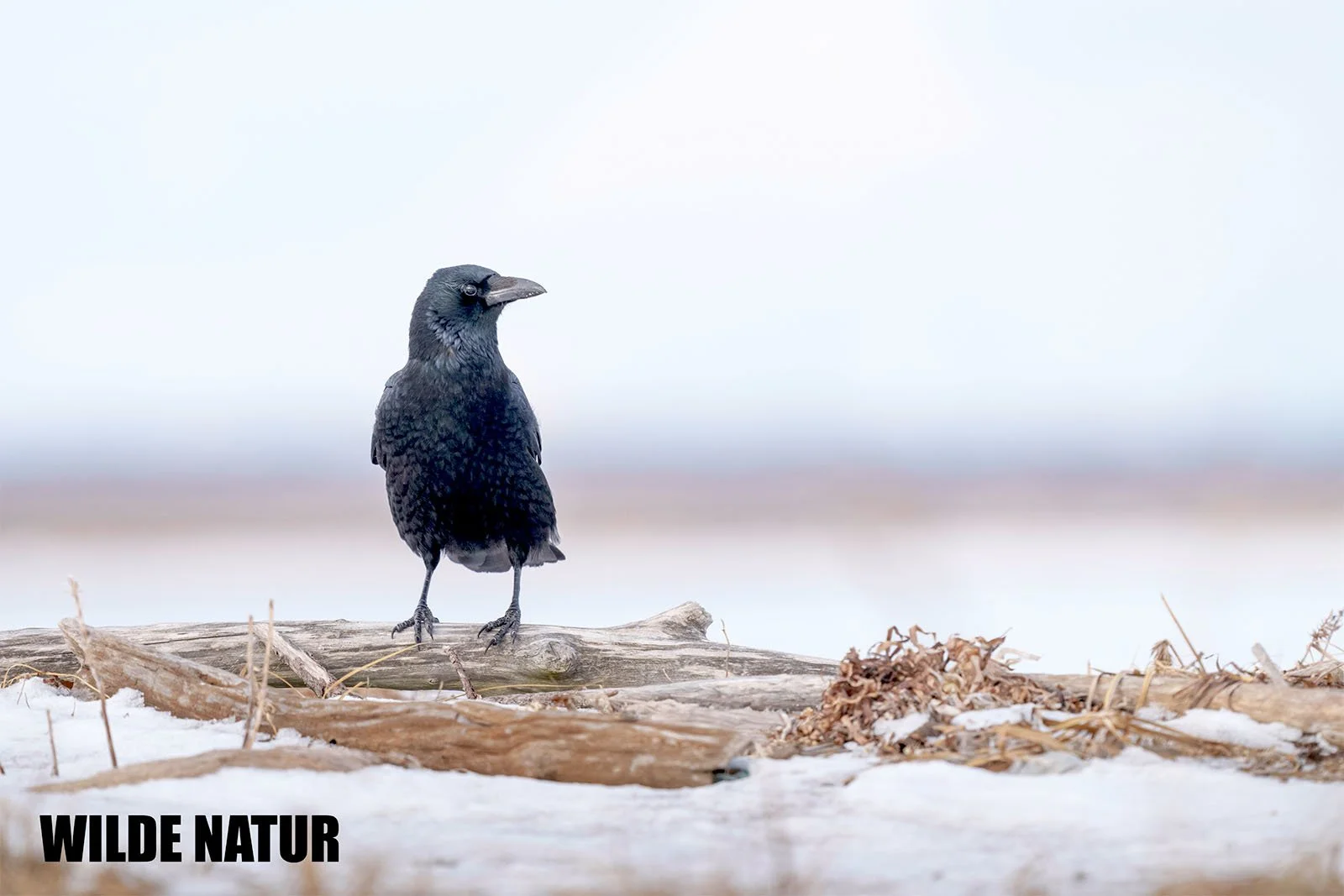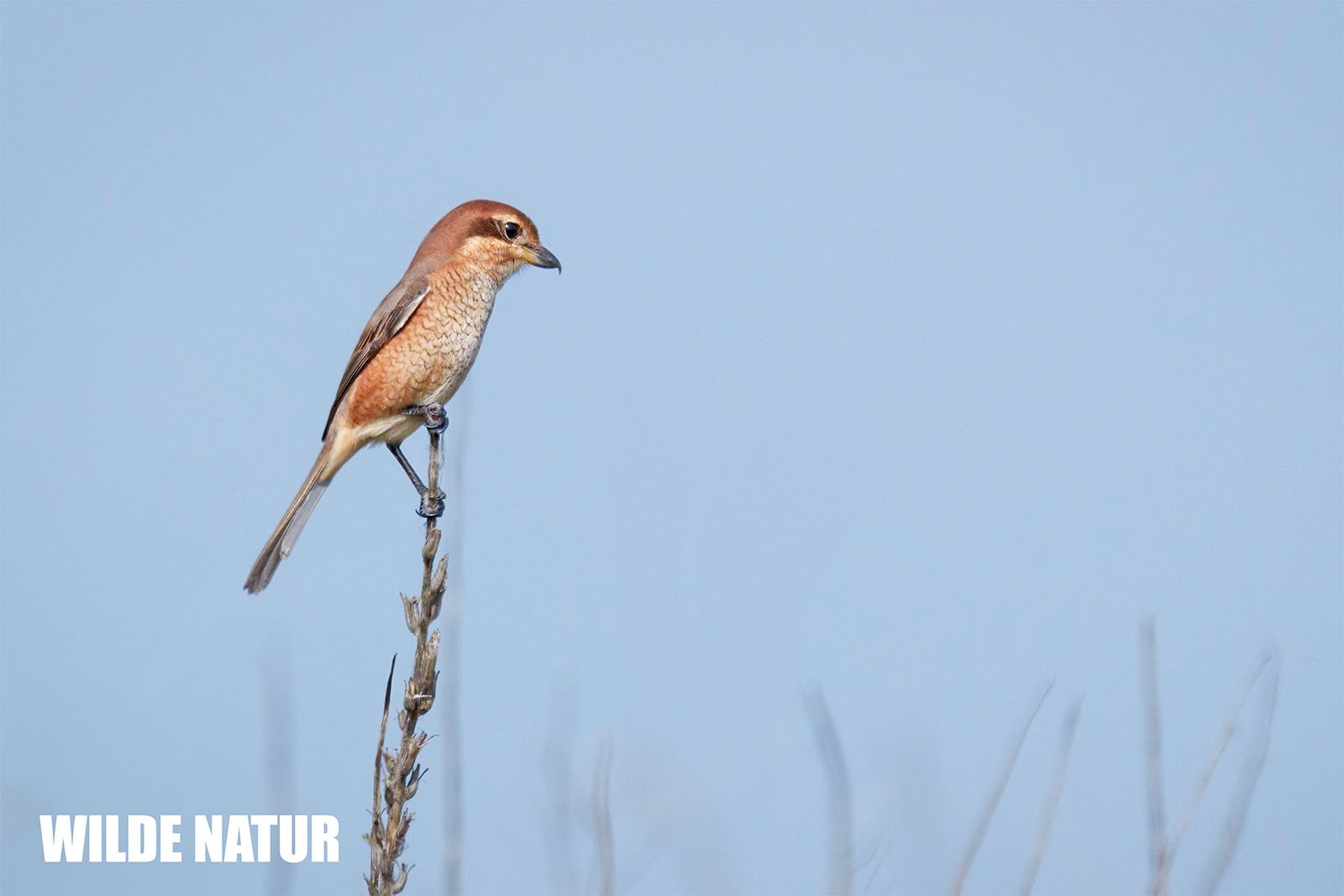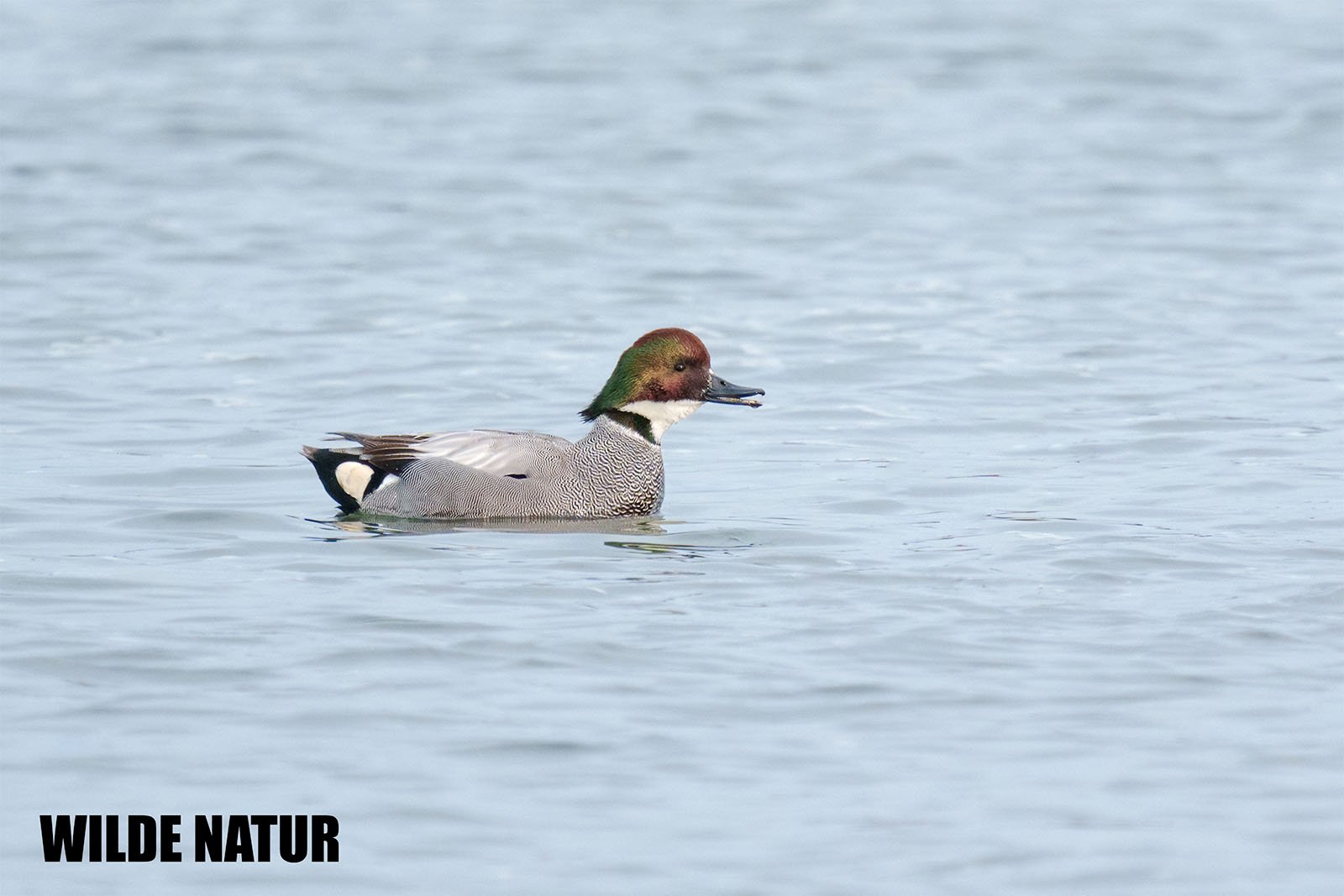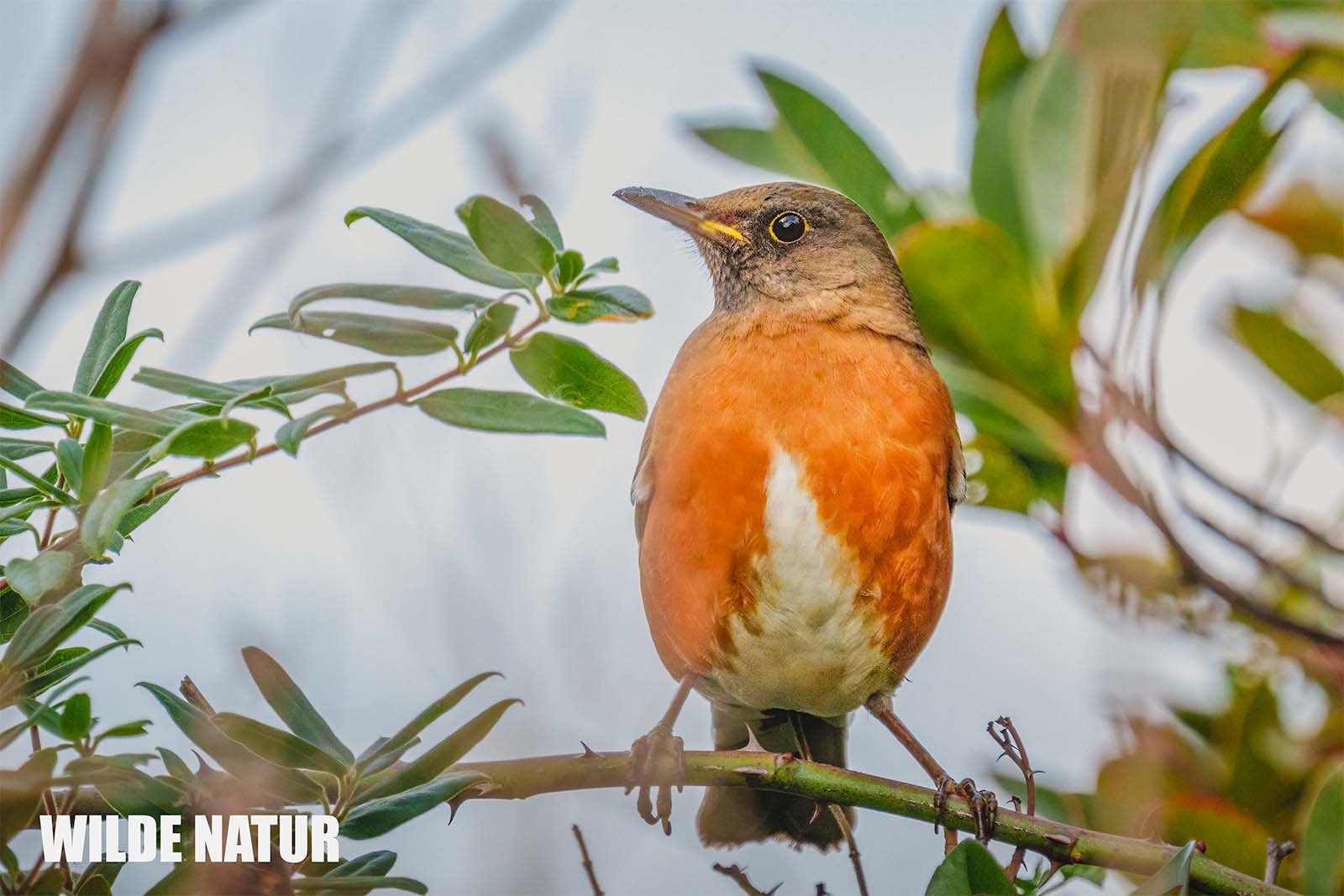Little ringed plover (Charadrius dubius)
Little Ringed Plover (Charadrius dubius) on gravel ground
Key Facts:
- Size: 15.5–18 cm
- Characteristics: Slender build, yellow eye-ring, dark beak, quick and jerky movements
- Habitat: Sparsely vegetated riverbanks, gravel pits, sewage ponds
- Breeding: Lays 4 eggs in a shallow, well-camouflaged scrape
- Diet: Insects, small crustaceans, snails
The Little Ringed Plover (Charadrius dubius) – A Quick Bird of Gravel Shores
Table of Contents
- Introduction: The Little Ringed Plover – A Master of Adaptation
- Identification: How to Recognize the Little Ringed Plover
- Habitat and Range: Where the Little Ringed Plover Lives
- Behavior and Diet: A Specialist on Quick Feet
- Breeding: A Camouflage Expert on Gravel and Sand
- FAQ: Common Questions About the Little Ringed Plover
- Shortlist – Color Features
1. Introduction: The Little Ringed Plover – A Master of Adaptation
The Little Ringed Plover is a small wader bird known for its quick, jerky movements and striking yellow eye-rings. Originally found along natural riverbanks, this adaptable bird has increasingly made its home in man-made environments like gravel pits and sewage ponds. Here, it finds ideal conditions for both feeding and breeding.
2. Identification: How to Recognize the Little Ringed Plover
The Little Ringed Plover is about 15.5 to 18 cm in size and is easy to recognize by its distinctive features:
Feathers:
The upperparts of the Little Ringed Plover are sandy-brown, providing excellent camouflage on gravelly and sandy surfaces. The underparts are white, creating a sharp contrast with the darker upperparts. Notable features include a black forehead stripe and a black neck band, which are present in both males and females but are often more pronounced in males.Beak:
The beak is short, slender, and dark-colored, ideal for picking up small insects, snails, and crustaceans, which make up the majority of its diet.Eyes:
The eyes are dark, surrounded by a bright yellow eye-ring. This yellow ring is one of the most striking features of the Little Ringed Plover, making it easily distinguishable from similar species.Feet:
The legs are light gray to grayish-brown, blending well with the sandy environment. These legs allow the bird to move quickly with its characteristic jerky motion, a hallmark of the species.
3. Habitat and Range: Where the Little Ringed Plover Lives
The Little Ringed Plover prefers open habitats with sparse vegetation, such as sandy or gravelly areas. You can find it along riverbanks, in gravel pits, and at man-made water bodies like sewage ponds. These locations provide both the feeding grounds and nesting sites that the species requires.
4. Behavior and Diet: A Specialist on Quick Feet
The Little Ringed Plover is known for its rapid, darting movements as it scurries across the ground in short bursts. This behavior helps it to flush out insects and other small invertebrates from the surface. Its diet mainly consists of insects, small crustaceans, and snails. Thanks to its efficient hunting strategy, the Little Ringed Plover thrives in challenging habitats like gravel beds and shorelines.
5. Breeding: A Camouflage Expert on Gravel and Sand
Breeding season begins in spring. The nest is a simple shallow scrape in the ground, often on gravel or sand. These scrapes are barely noticeable, providing excellent camouflage. The clutch typically consists of four eggs, which are well camouflaged to blend in with their surroundings. Both parents share the responsibilities of incubation and caring for the chicks, which become very mobile soon after hatching.
6. FAQ: Common Questions About the Little Ringed Plover
1. Where is the best place to observe the Little Ringed Plover?
The Little Ringed Plover is most commonly found in open, sandy, or gravelly areas like riverbanks, gravel pits, or sewage ponds.
2. What does the Little Ringed Plover eat?
It mainly feeds on insects, small crustaceans, and snails, which it hunts by quickly darting across the ground.
3. How can you tell the Little Ringed Plover apart from similar species?
The bright yellow eye-ring is a key feature, along with the distinctive black forehead stripe and neck band.
4. When and where does the Little Ringed Plover breed?
It breeds in shallow scrapes on gravel or sand, which are almost invisible. The eggs are typically well camouflaged and blend seamlessly with the surroundings.
5. Why does the Little Ringed Plover move in such a jerky manner?
Its quick, jerky movements help it flush out prey like insects and small invertebrates from the ground.
7. Shortlist – Color Features
Feathers:
- Upperparts: Sandy-brown
- Underparts: White
- Head and Neck: Black bands and markings
Beak:
- Short, slender, dark
Eyes:
- Dark, with a bright yellow eye-ring
Feet:
- Light gray to grayish-brown
The Little Ringed Plover is a fascinating bird that excels at camouflage and quick movements. Whether in gravel pits or along riverbanks, it’s an interesting species for nature lovers to observe, especially in its dynamic habitat.




